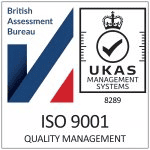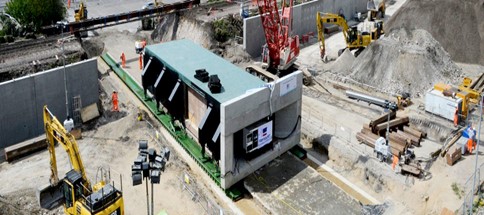

The East Kent Re-signalling Phase 2 Project was the second phase of the overall East Kent Re-signalling Programme, which concentrated the control of a significant portion of Network Rail’s Kent route into the East Kent Signalling Centre (EKSC), located at Gillingham.
The principal purpose of the project was to improve asset condition, provide capacity & capability enhancements and deliver operational savings within the project area. The project comprised the total renewal of life-expired signalling on a section of the Chatham Main Line between the end of the Phase 1 project near Sittingbourne, and the Victoria Signalling Centre control area near Longfield, alongside the re-control and partial renewal or modification of existing signalling on connecting routes.

Network Rail approached Vertex Systems Engineering (Vertex) to gather data and carry out an initial assessment of asset condition and undertake a Whole Life-Cycle Cost (WLCC) assessment, comparing the various option technologies relevant to the scope of the East Kent Phase 2 Project.
Vertex employed the following competencies during these works: